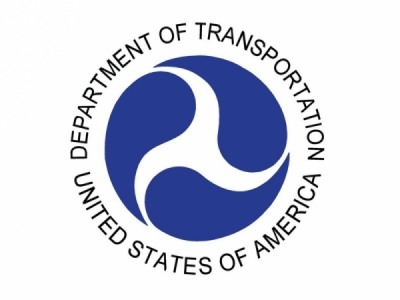
Posted on July 9, 2019
Earlier this month, the U.S. Department of Transportation (DOT) announced a Notice of Funding Opportunity (NOFO) to apply for $292.7 million in discretionary grant funding through the newly established Port Infrastructure Development Program (PIDP). The application deadline for the first $92.7 million in funding is September 16, 2019.
The PIDP, which was originally authorized by the National Defense Authorization Act for 2010 (PL 111-84), was created to provide dedicated funding for projects that improve the intermodal functionality of U.S. coastal ports, including the Great Lakes, and river ports near coastal areas that accept seagoing ships.
President Trump signed the Consolidated Appropriations Act of 2019 (PL 116-6) in February 2019, which directed $292.7 million to the PIDP. This federal appropriation, the largest amount of funding for the PIDP since its inception, included $92.7 million for the 15 coastal seaports that handled the greatest number of loaded foreign and domestic 20 foot equivalent units of containerized cargo in 2016, as identified by the U.S. Army Corps of Engineers (USACE).
According to USACE data, the 15 eligible ports will be Los Angeles, Long Beach, New York/New Jersey, Savannah, Port of Virginia, Houston, Oakland, Tacoma, Charleston, Seattle, Jacksonville, Miami, Port Everglades, San Juan (Puerto Rico), and Honolulu.
Discretionary PIDP grants, administered through the Maritime Administration (MarAd), will be awarded on a competitive basis for projects that are within the port’s boundaries, directly relate to port operations if outside the boundaries, or to an intermodal connection to a port that improves the safety, efficiency, or reliability of the movement of goods. The minimum award size is $10 million, with the federal cost share not to exceed 80 percent.
Additionally, DOT anticipates awarding funding to at least one project that advances each of the following project outcomes:
- Advancing technology supported safety, design efficiency improvements
- Improving state of good repair and resiliency
- Promoting efficient energy trade
- Promoting manufacturing, agriculture, or other forms of exports
Federal funding had been scarce for the nascent grant program. MarAd’s 2011 Budget Estimate is the only previous instance where the PIDP is referenced, when the agency noted that the $100 million in funding would be directed from other sources within DOT, but not specifically appropriated.
In 2013, the DOT Inspector General released a report that found that MarAd did not establish effective oversight mechanisms when it initiated its port infrastructure development responsibilities, citing that MarAd had narrowly interpreted statutory requirements and delegated authority for project construction and management through Memorandums of Agreement with the local authorities.
Fiscal Year 2019 (FY19) was the first year that significant dedicated funding was allocated for the PIDP, with nearly $300 million set aside for the program. The House Appropriations Committee has signaled potential interest in continued funding for PIDP, with another $225 million included in FY20 appropriations.
The June funding notice presents a unique opportunity for industry stakeholders with projects that benefit coastal ports who are seeking federal partners. In addition to marine terminal operators, port authorities, and traditional shoreside infrastructure interests, eligible projects also include highway or rail infrastructure that develops or extends intermodal connectivity, intermodal facilities, marine terminal equipment, wharf construction, and various other projects.
September 16, 2019 is the application deadline for the first tranche of PIDP grant funding.
Source: K&L Gates LLP
Source: hellenicshippingnews.com





